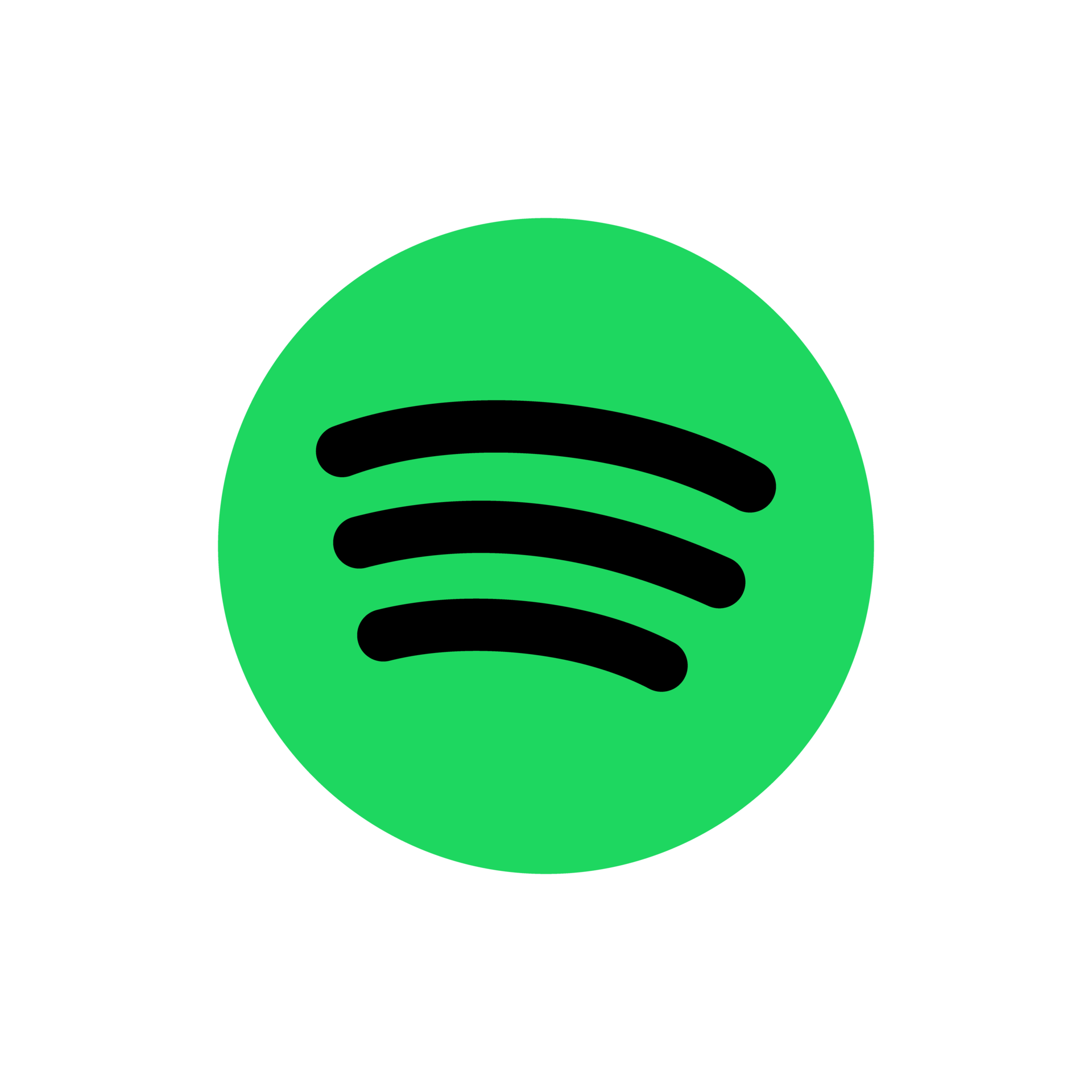Skip to the main content.
Capabilities
Industry Applications
Did you know?
RTI is the world’s largest DDS supplier and Connext is the most trusted software framework for critical systems.
Industries
Technology Topics
Explore
|
Services & Training
Developers
From downloads to Hello World, we've got you covered. Find all of the tutorials, documentation, peer conversations and inspiration you need to get started using Connext today.
Getting Started
Essential
Resources
RTI provides a broad range of technical and high-level resources designed to assist in understanding industry applications, the RTI Connext product line and its underlying data-centric technology.
The monthly RTI Newsletter lets you in on what’s happening across all the industries that matter to RTI customers.
Knowledge
Explore
Company
RTI is the software framework company for physical AI systems. RTI Connext delivers the reliability, security and performance essential for highly distributed autonomous and physical AI systems.
 Success-Plan Services
Success-Plan Services

